FiiO M6 Digital Audio Player Review
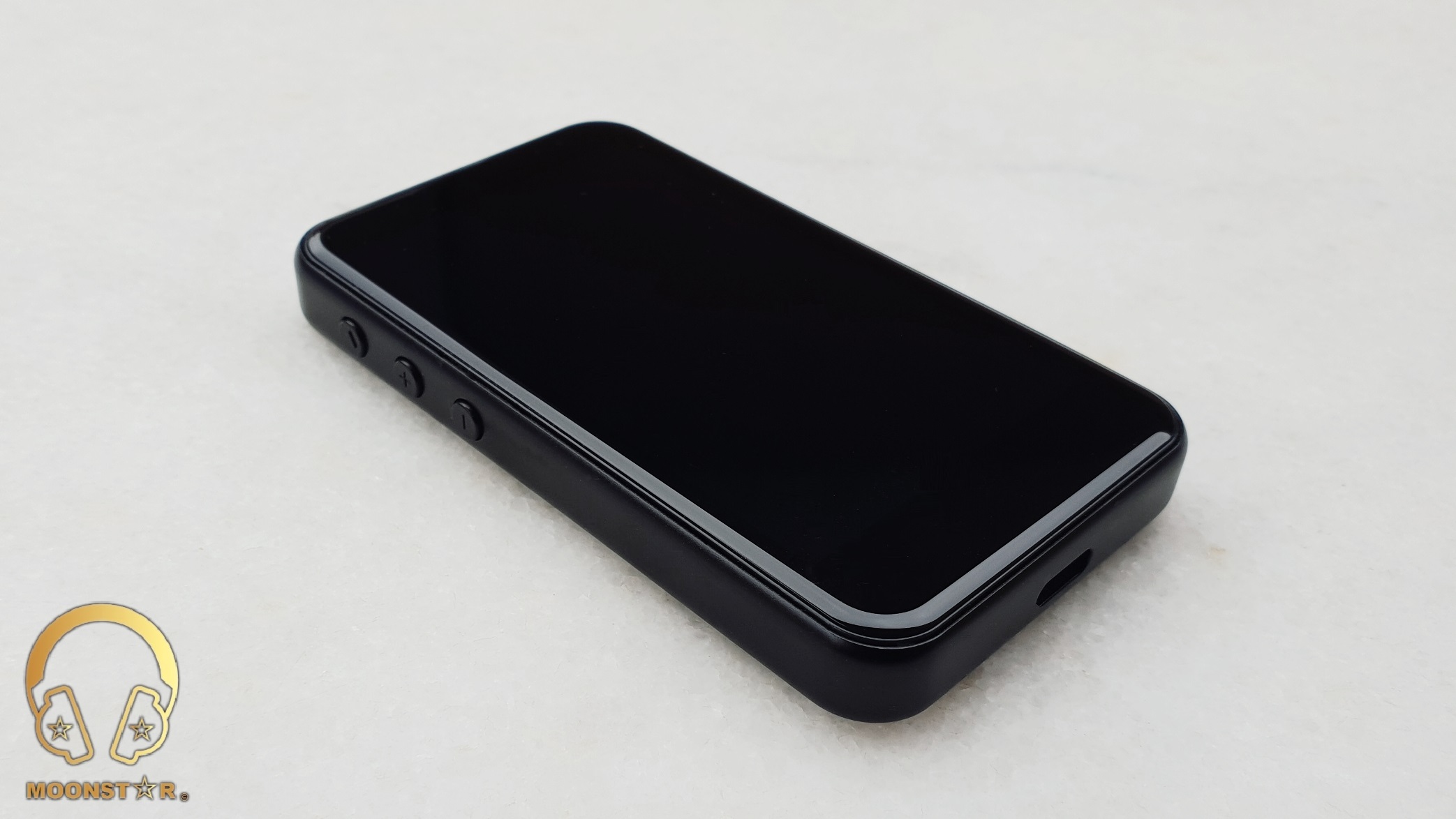
FiiO M6 Review
Small but Versatile!
Introduction:
The M6 is the latest member the M Series (Micro Portable) Digital Audio Player of the company FiiO. The FiiO M6 is using the same Exynos CPU you can find inside the M7 and the M9 but features the ES9018Q2C DAC Chip (Digital to Analog Converter). It is able to run third party Online Music Streaming applications such like Spotify, Tidal, Qobuz, Deezer etc. thanks to the highly customized Android operation system.

Disclaimer:
I would like to thank FiiO for providing me the Fiio M6 as review sample. I am not affiliated with FiiO beyond this review and these words reflect my true and unaltered, opinions about the product.
Purchase Links:
The FiiO M6 is available under the following official FiiO Online Stores;
Package and Accessories:
The device comes in a small white box which is wrapped with a white cardboard box that sports the product image and information’s.
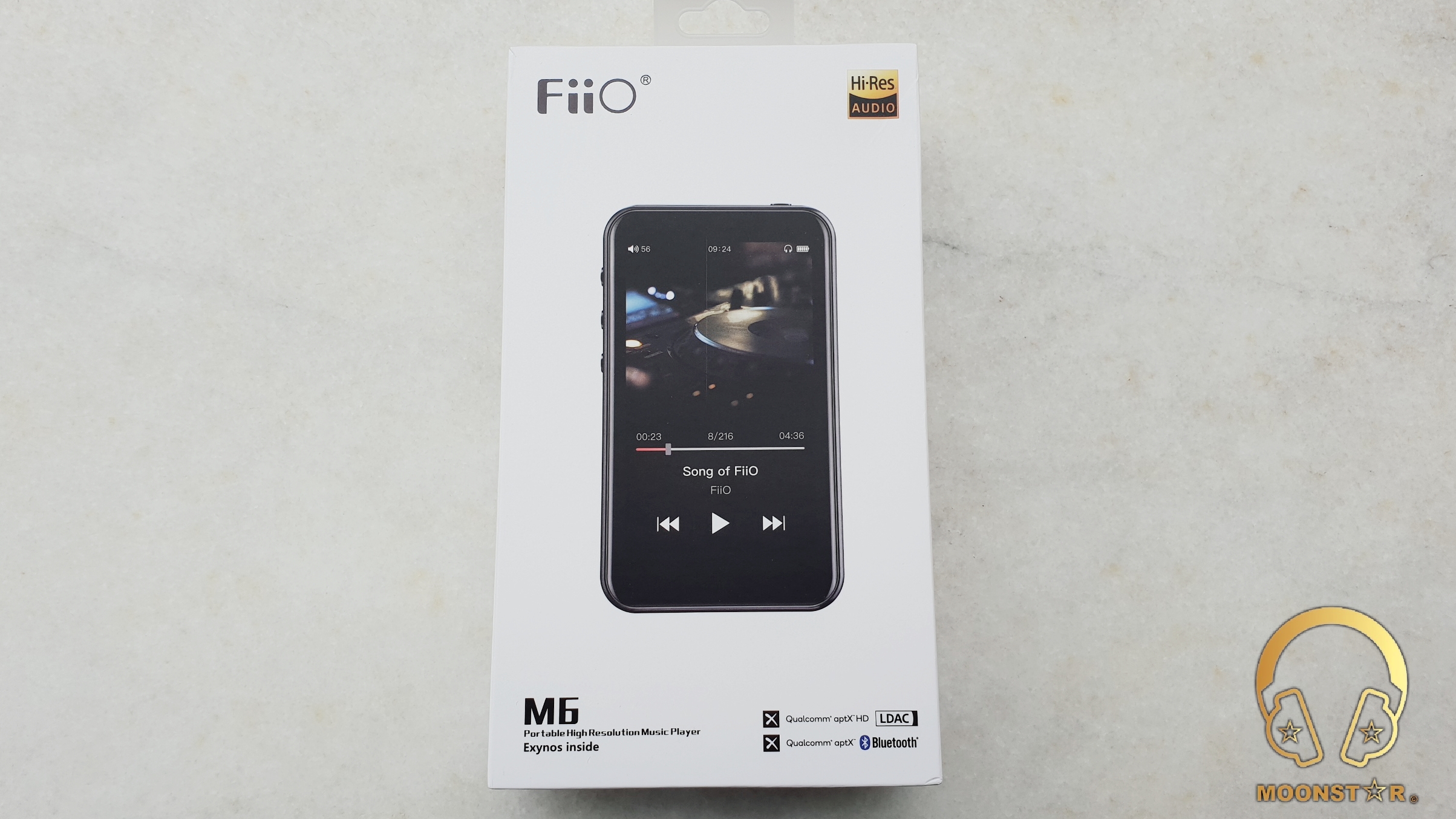
This box contains the following items;
- 1 x FiiO M6 Digital Audio Player
- 1 x USB mini to USB Type-C cable for file transfer and charging
- 1 x Transparent silicone case
- 1 x User Manual, etc.
- 1 x Warranty card


Design, Buttons and Build Quality:
The FiiO M6 is a very small and slim device a dimensions of 53.3mm×92.5mm×11.5mm. It is also very lightweight (83grams) and nice to hold in your hands.

The M6 looks like a very small mobile phone with a solid appearance.

The back and front of the device features 2.5D glass panel while the frame is made of anodized CNC machined aluminum material. The build quality of the device is top notch without any gaps or openness.

On the front of the device is the 3.2 inch IPS HD screen with a resolution of 480×800 pixels and a Pixel Density of 292 PPI that is quite good for a Digital Audio Player with Android OS and Online Streaming services that is sold for less than 200 USD. The touch screen is quite responsive and supports multi touch functionalities.

The left side of the M6 sports the play/pause and volume up & down buttons which have a round shape.

On the right side of the device is the micro SD card slot that supports cards up to 2TB (in theory).

At the bottom of the FiiO M6 is the USB Type-C female connection that reacts as digital out for USB DAC/USB Audio functionalities, charging port and data transmission.

On the top of the device are the power button and the 3.5mm Phone & Line Out output.

On the back of the device is the 2.5D glass panel that sports the FiiO Brand Logo, the Hi-Res Logo and some certification detail of the device.

Specifications:
- Model : FiiO M6
- Operating System : Highly Customized Android OS
- Screen : 3.2’’ LG IPS Screen (480×800pixel)
- CPU : Exynos 7270 14nm (4 core design) 1GHz
- ROM : 4GB (2GB available to user)
- RAM : 768MB
- Expanded Memory : 1 micro SD card slot up 2TB (theoretically)
- DAC : Sabre ES9018Q2C
- Frequency Response : 10Hz~80 kHz(-3dB)
- THD+N : <0.002%
- SNR : ≥118dB
- Noise Floor : < 3uV
- Bluetooth : Bluetooth V4.2,LDAC/aptX/aptX HD/SBC and HWA
- Bluetooth chip : SAMSUNG S5N5C10B01-6330
- WiFi : 2.4G,WiFi transmission supported
- Phone Output : 3.5mm Single Ended
- Output Power : 110mW@16Ω / 70mW@32Ω / 7mW@300Ω
- Output Impedance : <2Ω
- USB In/Out : USB Type-C USB2.0 Charging/Data trans./USB DAC/USB Audio)
- Battery : 1600mAH
- Battery Life : 13h Headphone Out, 15h Bluetooth (SBC)
- USB Port : USB Type C
- Size : 53.3mm×92.5mm×11.5mm
- Weight : 83g
Supported File Formats:
- DSD:DSD64,128(iso”“.dsf”,“.dff”)
- APE(Fast): 192 kHz/24 bit
- APE(Normal): 192 kHz/24 bit
- APE (High): 192kHz/24 bit
- APE (Extra High): 48kHz/24 bit
- APE (Insane): 48kHz/24 bit
- FLAC: 192 kHz/24 bit
- WAV: 192 kHz/64 bit
- Aiff:192 kHz/24 bit
- Aif:192 kHz/24 bit
- WMA Lossless: 96 kHz/24 bit
- Apple Lossless: 192 kHz/24 bit
- Lossy: MP3,OGG,WMA,AAC
Features:
1. Hardware:
The FiiO M6 is a very small and slim device with a modern design which features some hardware specs that are common with all other M Series DAP’s with exception of the M3K.
The processor inside the FiiO M6 is the same Samsung Exynos 7270 SoC (System on Chip) that we also know from the FiiO M9 and the M7.
This processor is made on the 14nm FinFET process, which should consume according to FiiO, approx. %20 less power than older chips with 28nm process.
The build-in storage capacity of the FiiO M6 is 4GB (ROM) while 2GB’s are reserved by the Android OS. The FiiO M6 has also 1GB RAM (768MB free for use) same as the M9 and the M7.
The Exynos Process has it’s limit’s and they are some minor slowdowns, while using some third party apps like Tidal or Spotify.

2. DAC Section:
The FiiO M6 is using the same DAC (Digital to Analog Converter) that you can find inside the FiiO M7. It is the same ES9018Q2C chip of the Company ESS Technology with 32-bit, 2-channel audio D/A (Digital to Analog) converter with built in headphone amplifier and output switch. The SoC (System on a Chip) is designed for audiophile-grade portable applications such as mobile phones and digital music players,
The ES9018Q2C is using the ESS patented 32-bit HyperStream™ DAC architecture and Time Domain Jitter Eliminator. The ES9018Q2C DAC delivers a DNR of up to 121dB and THD+N of -115dB.
The ES9018Q2C DAC’s 32-bit HyperStream™ architecture can handle up to 32-bit 384kHz PCM data via I2S, DSD-11.2MHz data as well as mono. Both synchronous and ASRC (asynchronous sample rate conversion) modes are supported.
The Fiio M6 is using a build in amplifier and LPF (Low Pass Filter), which is implanted to the SoC (System on a Chip) together with the ES9018Q2C and output Switch. The amplifier has a output impedance of 2Ω and a power output of 110mW @ 16Ω, 70mW @ 32Ω and 7mW @ 300Ω (THD+N<1%).
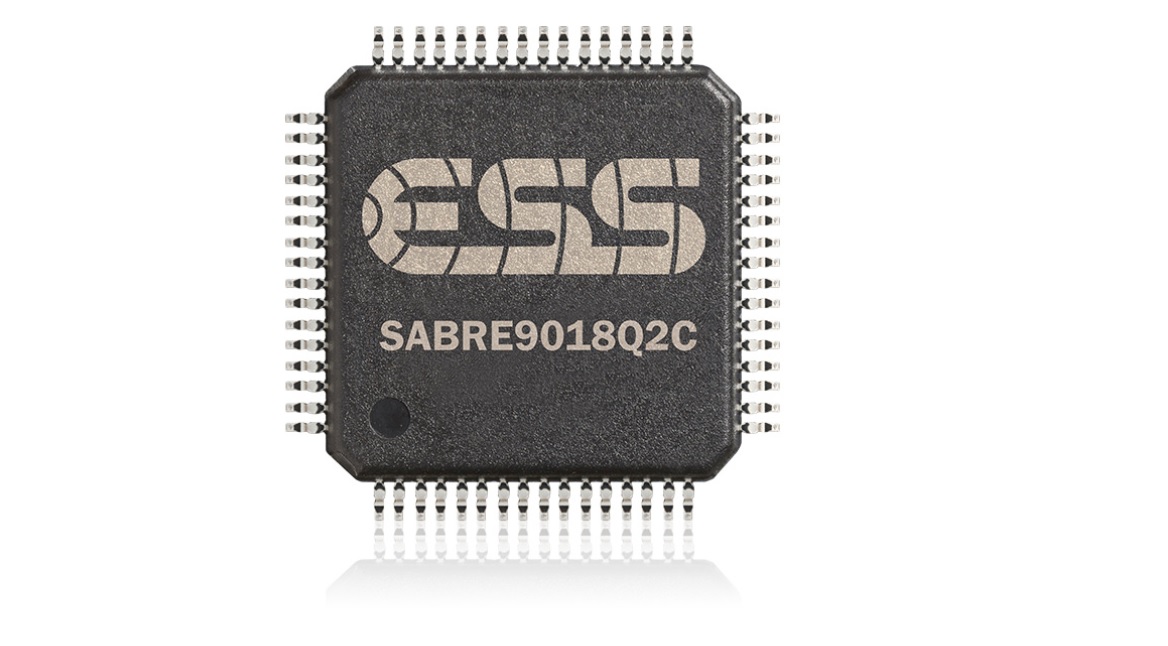
3. Connectivity:
a) Wired:
The FiiO M6 has 3.5mm unbalanced headphone out that works also as Line Output.
The M6 can also be used as an asynchronous USB DAC with both Mac’s and Windows PC’s. With Mac computers, you can just plug-and-play the M6 with no drivers needed. With Windows PC’s you need to install the driver, which you can find on FiiO’s website.
b) Wireless:
1. WiFi:
The FiiO M6 has a build in WiFi antenna which supports 2.4GHz routers and WiFi transmission. WiFi transmission Works via DLNA which supports Windows for now, but according do FiiO it will support more in the future. Oder wireless features such like AirPlay support for Apple devices and FLYLINK for Android operating services, which is an answer to HiBy Link, will come with future software upgrades.
Furthermore, WiFi and Android OS mean you have the option to use online streaming services with the FiiO M6.
2. Bluetooth:
The M6 uses Bluetooth 4.2 and supports virtually all Bluetooth formats including the high-resolution ones for your ultimate listening pleasure, including: 24-bit aptX HD (also backwards compatible with aptX), LDAC, and HWA.
The M6 can also act as your computer’s Bluetooth transmitter, you need to connect the M6 up to your computer as a USB DAC, and then have the player transmit Bluetooth audio to your headset. Supported codec’s are LDAC/aptX/aptX HD and SBC.
Battery Life:
The battery life is pretty good for such a small device with Android OS and Online Streaming capabilities.
I have tested the battery life of the M6 under the following condition and file formats:
Test Gear FiiO FH5, Volume 60 out of 120, Screen Off
- Flac 16bit/44kHz = about 12 Hours
- Flac 24bit/192kHz = about 10 Hours
- DSD64 (.dsf) = about 7.5 Hours
- Spotify = 8 Hours
- Bluetooth with SBC Codec = about 14.5 Hours

The Software:
The FiiO M6 has a highly customized Android operating system same as the FiiO M9, which is quite simple to use and to navigate. The UI is pretty fluid with minimal/low lags and should satisfy most of its users.
The Main Menu shows you some icons/shortcuts like FiiO Music, File Manager, Gallery, Technical Support and Setting. The M6 is also coming with pre-installed online music applications like Kkbox, Tidal, Moov, etc. But you can also install other third party (only white listed apps) such like NetEase Cloud Music, Spotify, Qobuz, Roon, Deezer, Joox, ES file manager, Bandcamp, and Sony headphones.

You can also download your Spotfiy, Tidal contents to the device storage or memory card to use it also in offline mode.
The Fiio Music Menu gives you access to the FiiO Music Application.
After you select the Fiio Music menu, you will land to the Fiio Music Selection Menu, where you have access to your songs with in categorization, like All songs, Artist, Album, Playlist, Genre or via Folder selection. There are also some shortcuts like recently played, Most Played etc.

The Fiio Music Menu is quite simple and user friendly. The M6 has no physical back button, but you can use the back icon or simply swipe up from the bottom of the screen to the top that reacts as back command, which is quite useful.
There is a 10 Band Equalizer for manual settings and some ready to use settings like rock, pop, jazz etc., which don’t like to use in any device.

If you select the File Manager icon, you will land in to the menu where you have direct access to shortcuts like songs, pictures and even documents. You have here also direct access to your internal and external storage.

The Technical support icon on the main menu gives you access to the FW update option.
You can select OTA updates or choose Local updates. OTA update requires a stable WiFi network, and once you press the “check for updates” button, M6 will automatically look for updates online.

If you select the File Manager icon, you will land in to the menu where you have direct access to shortcuts like songs, pictures and even documents. You have here also direct access to your internal and external storage.
The Status Bar on the top of the screen indicates the working status.

The Settings icon allows the user to enter in to the settings menu that should be quite familiar for Android users. Under this menu, you can find the settings for WiFi, Bluetooth, Audio, Key-Lock, General, Factory Reset, etc.
The Audio setting is allowing you to change the output from Phone Pout to Line Out.
Equipment’s used for this review:
- DAP’s : FiiO M6, HiBy R3
- IEM’s : FiiO FA7, FiiO FH5, Custom Art FIBAE Black,

Albums & tracks used for this review:
- Jeff Buckley – Last Goodbye (Spotify)
- Leonard Cohen – You Wnt it Darker (Spotify)
- Dave Gahan – Kingdom (Tidal Hi-Fi)
- Eric Clapton – Wonderful Tonight True (Flac 24bit/96kHz)
- B.B. King – Riding With The King (Tidal Hi-Fi)
- First Aid Kit – My Silver Lining (Spotify)
- London Grammar – Interlud (Live) (Flac 24bit/44kHz)
- Laura Pergolizzi – Lost On You “Live at Harvard and Stone” (Tidal Hi-Fi)
- Minor Empire – BulbulumAltinKafeste (Spotify)
- Rush’s – Leave That Thing Alone (Tidal Hi-Fi)
- Liquid Tension Experiment 2 – Acid Rain (Spotify)
- Opeth – Damnation (Tidal Hi-Fi)
- Metallica – Sad but True (Flac 24bit/96kHz)
- Megadeth – Sweating Bullets (Tidal Hi-Fi)
- Slayer – Angel of Death (Spotify)
- Otto Liebert& Luna Negra – The River (DSF) – Binaural Recording
- Future Heroes – Another World (Tidal Hi-fi)
- Vivaldi – Le QuarttroStagioni “The Four Season” (Tidal Hi-Fi)
- Portishead’s – It Could Be Sweet (Spotify)
- Lorde – Team (Flac 24bit/48kHz)
- Tom Player – Resonace Theory “Album” (Tidal Hi-Fi)
- Massive Attack – Angel (Tidal Hi-Fi)
- Portishead – It Could Be Sweet (Spotify)

The Sound:
The FiiO M6 is a Digital Audio Player which shows a neutral tonality with a touch of warmness. The bass is fast, the midrange is slightly warm and lush while the treble is controlled.
Subbass:
The subbass of the FiiO M6 is not very dominant in its presentation but should be enough for the average user with the exception for those who prefer a bass-head level presentation. The subbass quantity and extension is on a moderate level and has a slightly warm and soft tonality.
Midbass:
The midbass area has a pretty natural but slightly dry tonality with a good level of resolution. The low amount of coloration is an advantage if you want a close to neutral presentation and a good source for Headphones and IEM’s with a full bodied presentation.
There are no negative situations such as a midbass hump, any mixings or muddiness. The overall presentation is clean and is showing a nice slam effect while listening to instruments such as cross drums, snare drums and other percussion instruments.

Bass:
The general bass quantity of the FiiO M6 is a touch higher than neutral. The amount of bass is neither too much nor too little and shows a balanced presentation.
What I really like about FiiO M6 is the tight, fast and well-controlled bass response when listening to instruments such as bass guitars, drums, cello, etc. This shows also that the M6 is suitable for a variety of genres such as metal or jazz music up to modern genres like pop music.
The clean, detailed and lively presentation is showing that the FiiO M6 has a good price to performance ration in this department.

Midrange:
The Midrange of the FiiO M6 has a warm tonality with a transparent and lush presentation. It sound musical, full bodied and has a fairly good resolution, without to shows sound too dry or harsh.
Vocals:
The FiiO M6 is showing a good lower midrange depth with an average warmth and thickness. This tuning makes male vocals sounding slightly thick musical and pleasant, without any noticeable muddiness. The M6 is especially suitable for earphones with a thick and warm male tonality.
The upper midrange of the FiiO M6 is lightly pronounced and controlled. This makes the female vocal tonality pretty warm and lush. The transparency and airiness of female vocals is above average. The general presentation is clean, musical and lively which is a remarkable plus of the M6 in this area.
Instruments:
The instrument tonality of the FiiO M6 is on the warmer side of neutral and is showing a vivid and clean presentation. The general presentation of the instruments is neither thick nor too thin.
Instruments like pianos are slightly bright, pronounced and vivid, while acoustic guitars are a bit warm, transparent and musical. Other instruments such like violins are bright but not ear-pricing.

Upper Midrange & Treble :
The upper midrange of the FiiO M6 is more upfront and detailed compared to the treble range. The upper midrange transition is in general soft without remarkable negatives such as sharpness or sibilance especially when instruments playing with high distortion.
The treble range of the FiiO M6 is soft, slightly warm and laid back in its presentation. The detail, intensity and extension are dropping from the lower treble in to the upper treble range. The lower treble area between 4-6 kHz is more detailed compared to the upper treble region.
Especially jazz instruments like hi-hats are pretty pronounced and are showing good extension. Only some instruments like crash cymbals have a slightly lower extension.
Soundstage:
The FiiO M6 is a Digital Audio Player with a stage which is suitable for a fairly precise instrument positioning. The soundstage is neither very wide nor too narrow and shows an average performance that is acceptable for this price range. The soundstage of the M6 shows slightly more depth than its wideness.

Comparison:
FiiO M6 versus HiBy R3:
The Hiby R3 has a warmer and thicker tonality than those of the FiiO M6. Both DAP’s sharing an entertaining presentation. The bass of the both devices is quite soft and controlled while the R3 has more bass intensity and quantity and the M6 the upper hand in terms of overall control and detail.
The Hiby R3 sounds better with the bass guitar, while I prefer the FiiO M6 for the electro guitar.
Both DAP’s showing a mild and musical midrange presentation. The midrange of the R3 is more upfront positioned compared to those of the M6, while the M6 is slightly better in terms of the clarity, definition and detail. The Midrange of the Hiby R3 has a warmer and thicker tonality compared to the FiiO M6 which sounds more neutral in this area.

The treble presentation of both, the FiiO M6 and HiBy R3 is soft and fatigue-free with average extension. The HiBy R3 is slightly better in terms of treble detail and extension.
Both DAP’s sharing a musical and controlled treble presentation.
The soundstage performance of both devices is on an average level, while the HiBy R3 has slightly more width and the FiiO M6 better depth.

Conclusion:
The FiiO M6 is the smallest, most affordable and capable DAP with Android OS. It has a touch screen, features Bluetooth transmitting and USB DAC functionalities and supports Online Streaming Services in both Online and Offline mode (Spotify, Tidal, Deezer, Quobuz, etc.). All this features are offered in a device that has a compact design and good battery life, which makes the M6 to a real “Bang for the Buck”.
Pros and Cons:
- + Size and Build Quality
- + Streaming Services in Online and Offline Mode
- + Lots of Features (Bluetooth DAC, USB DAC)
- + Simple and user-friendly UI
- + Neutral and Musical Presentation
- + Clean Background
- – The Exynos Process has it’s limit’s
- – Average Soundstage
- – The treble area needs a touch more sparkle
- – Sub-bass extension

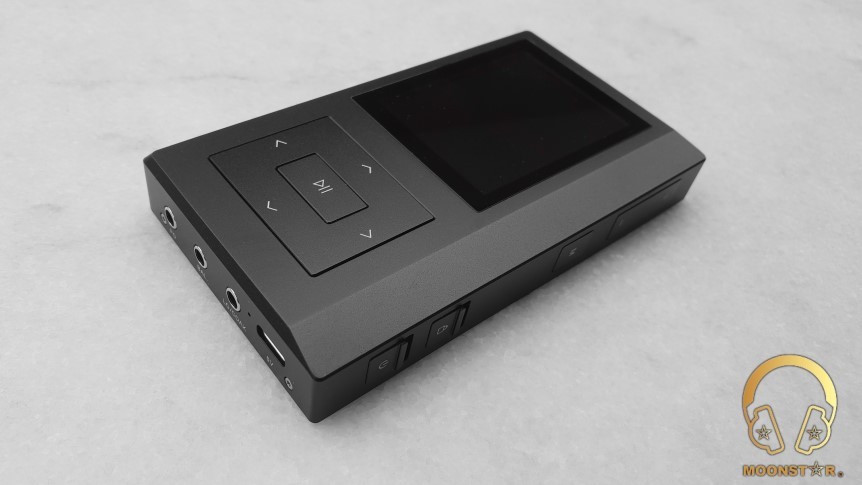

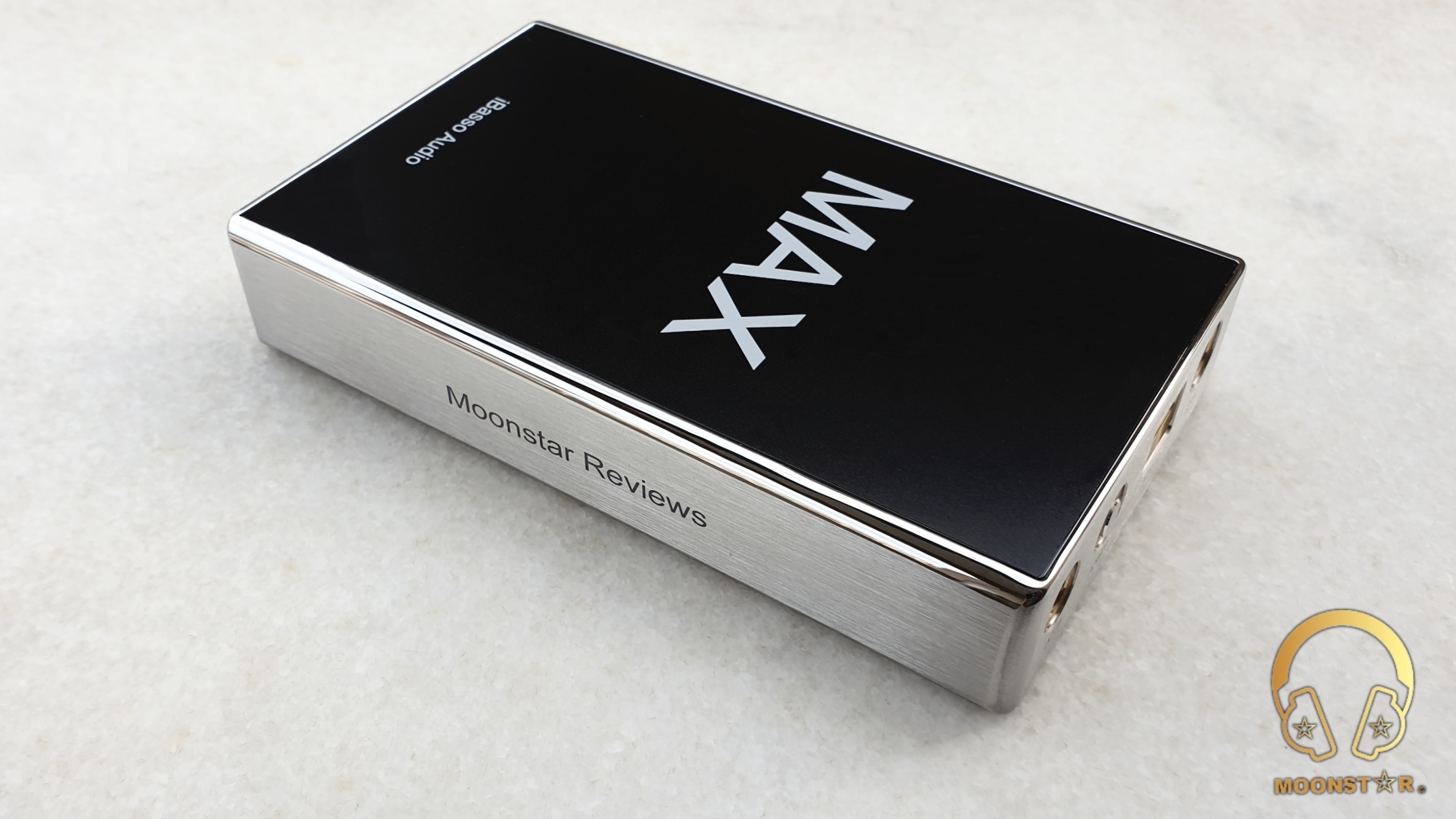








Thanxs for your reviews. I am listening music with a mobile phone Xiaomi Mi8 + Hidyzs Sonata II +Audiotechnica m50x. Do you think I would appreciate a better sound buying and M6?. Or perhaps , spend more money and get the new M11?
Thanxs in advance for your help.
Hi Jose, thank you for your nice comment! I didn’t have had the chance for now to listen to the M11, but If you want some extra juice, a better DAC and a snappier UI, along with a Bigger screen, I would go for the more future proof M11. But sound quality is not the only important factor, the tonality is also very important in my opinion, I would wait and read the upcoming reviews before i spend my money for such a toy 🙂
thxs for your response, I´ll wait for your review and comparisons of the new m11.
Hello! Congratulations on your work and on this review. Could you please say something about the volume on this device? Comparing an iPhone 7 and a Galaxy S8 I found the iPhone sounding much louder and better than Samsung. I dont wanna go deaf, but it annoys me when i can’t play my songs on a volume that not pleases me.
Thanks!
Hello Felipe, thank you very much for your nice comment. I have compared the M6 with my Samsung Galaxy S9 Plus and can confirm that the M6 is nearly double as loud as the S9 Plus. Cheers!
Thank you for the reply!!! I finally got my M6, and Jesus, that thing is awesome!
I’m looking forward to buy a better headphone to enjoy it, so I was considering a Sennheiser HD6xx (650, or 660, I still don’t know). But the impedance on those Sennheisers are pretty high (300 ohms).
So, will I need an external amp to power a high impedance headphone? Or does the M6 do the job?
Thank you again!!!
Nice to read that you do enjoy your new toy 🙂 The M6 will not be able to drive this high impedance headphones. Cheers!
Those headphones are meant to be powerd by a stationary amp not rly daily drivers…these small amps are for inears or like…hd650 are some brutal headphones to use in ur home cause u need rly good hi-fi system to power them…
I think all 3 versions of the HiBy R3 sound vastly superior to the M6. The M6 sounds flat. The R3 sounds vibrant. I get no satisfaction from the M6. It sits in its box and I don’t use it.